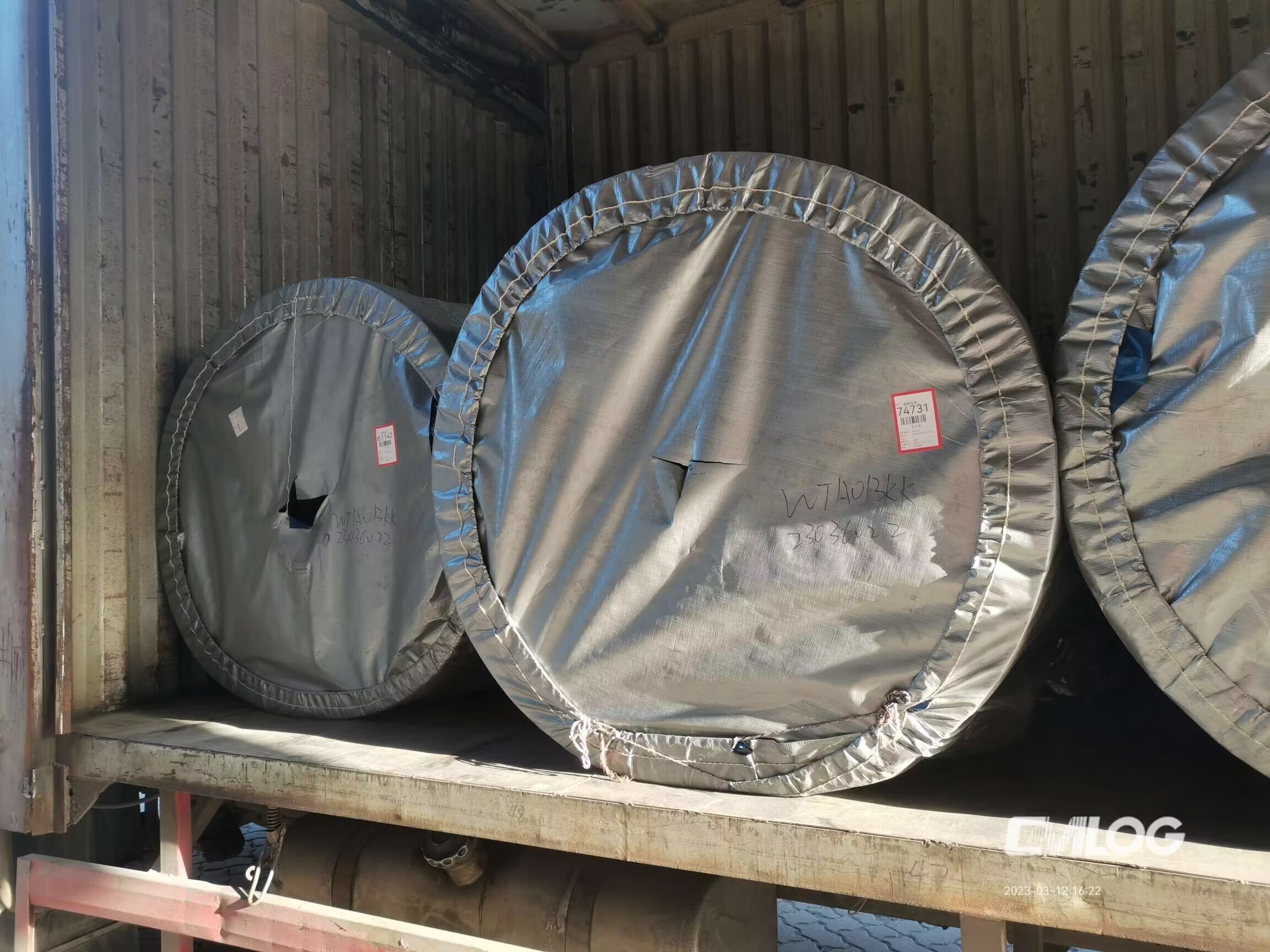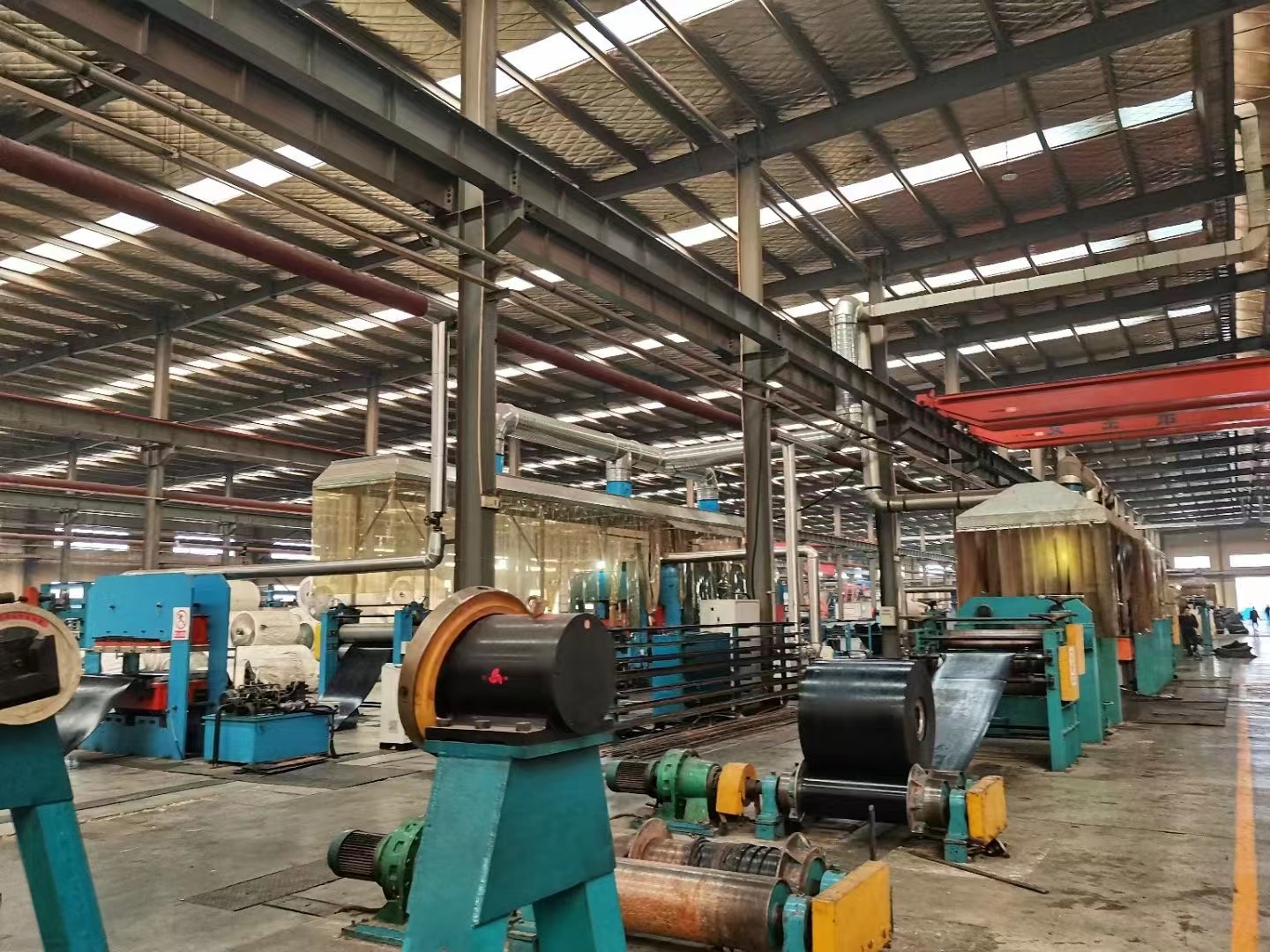CONVEYOR BELT (HOT SERVICE) For Hot Coarse Clinker
Introduction
CONVEYOR BELT For Hot Coarse Clinker, where temperatures soar and materials are unforgiving, having the right equipment can make all the difference. Enter the heat-resistant conveyor belt, a formidable solution designed to tackle the most challenging of environments. In this article, we delve into the world of heat-resistant conveyor belts, exploring their crucial role in industries like cement, steel, and more.
RUBBER HEAT RESISTANT BELT TEMP 300℃
FOB QINGDAO SEAPORT, EXPORT THE BELT CONVEYOR 350 meter TO KARACHI PORT. SPECIFICATIONS OF RUBBER HEAT RESISTANT BELT: 1000X12MMX4PLY, TEMP=300℃ , PACKING WITH IRON PALLETS.
Applications
- Abundant range of products are available, depending on the temperature and the materials being conveyed, with heat resistances ranging from 200 – 300°C
Sintered or pelleted ore in steel factories, dry materials or clinker cement in cement factories, etc.
Note: Use flame resistant belts if any oils other than vegetable oils are in or adhering to the materials being transported.

CONVEYOR BELT For Hot Coarse Clinker. The pattern of development that presents a word picture of a thing, a person, a situation, or a series of events.

The pattern of development that presents a word picture of a thing, a person, a situation, or a series of events.
Understanding the Challenge: Hot Coarse Clinker
Hot coarse clinker, an essential component in the cement manufacturing process, poses a unique challenge. With temperatures often exceeding 200°C (392°F) during production, standard conveyor belts simply can’t withstand the heat. This is where heat-resistant conveyor belts come to the rescue.
Key Technical Features
1. Exceptional Temperature Resistance: Heat-resistant conveyor belts are engineered to endure extreme temperatures. They can withstand continuous exposure to temperatures as high as 400°C (752°F) without compromising their integrity.
2. Superior Heat Retention: These belts boast excellent heat retention properties, ensuring that the material being transported remains at the desired temperature throughout the process.
3. Robust Construction: Built with a multi-layered structure, heat-resistant conveyor belts typically consist of a top cover, carcass, and bottom cover. The top cover is often made of specialized heat-resistant rubber, while the carcass provides strength and stability.
4. High Tensile Strength: To handle the coarse clinker effectively, these belts feature high tensile strength, preventing them from breaking or stretching under heavy loads.
5. Minimal Maintenance: Designed for durability, heat-resistant conveyor belts require minimal maintenance, reducing downtime and increasing operational efficiency.
Applications
1. Cement Industry: Heat-resistant conveyor belts are indispensable in cement plants, where they transport hot clinker, slag, and other materials from the kiln to subsequent processing stages.
2. Steel Industry: In steel mills, these belts are used to move hot, abrasive materials like sinter, coke, and iron ore. They play a vital role in the continuous casting process.
3. Foundries: Heat-resistant belts are used to convey molten metal and molds in foundries, ensuring a seamless production process.
4. Glass Manufacturing: In the glass industry, these belts are essential for moving glass sheets through ovens and annealing lehrs at high temperatures.
5. Power Plants: Heat-resistant conveyor belts are used to transport coal and other materials in power plants, particularly in areas where temperatures are exceptionally high.
Heat-resistant conveyor belts are the unsung heroes of industrial applications involving extreme heat. Their exceptional temperature resistance, durability, and minimal maintenance make them an invaluable asset in industries such as cement, steel, foundries, and more.
